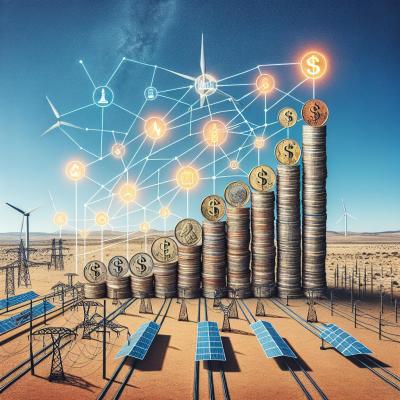A concerning issue highlighted in the report is the danger of coal power stations retiring before replacement generation is ready. AEMO stresses that integrating renewable energy sources sooner is crucial for a secure transition.
However, the term "secure" can be subjective. While renewable energy and storage solutions may take time to fully implement, the role of gas in setting energy prices remains substantial. The roadmap suggests that gas capacity might need to increase, moving from the current 11.5GW to 15GW by 2050.
Importantly, this proposed gas generation would serve as a strategic reserve, only running at about 5% of its annual potential but playing a critical role when needed. Hence, securing a stable gas supply appears essential for avoiding an energy crisis.
Recently, a significant gas project in Queensland received the green light from the federal government, paving the way for fossil fuel production by the end of next year. This $1 billion project by Senex Energy, backed by South Korean steel giant Posco and Gina Rinehart’s Hancock Prospecting, revives heated debates around the role of gas in Australia's energy strategy.
Despite high hopes, this new gas supply might have limited impact on easing local gas prices. Some of the gas will be exported, potentially replacing local supply that could have stayed domestically.
When it comes to domestic gas prices, Australia's Resources Minister, Madeleine King, has acknowledged that prices might rise but argues they won't exceed the government's set cap. However, recently, gas prices have consistently stayed above this cap, hitting their second-highest price point this week alone.
Pre-COVID-19, electricity prices hovered around $50-60MWh, but post-pandemic they average near $150MWh. This steep rise signifies an urgent need to address the domestic energy supply and market dynamics effectively.
The AEMO’s roadmap brings to light an essential discussion point: Without strategic amendments and potentially a nationwide gas reservation policy, Australian energy prices could skyrocket—impacting not just the economy but everyday life.
The outlook hints at a possible global gas glut by mid-decade that might offer some financial respite. Yet, without significant policy shifts to contain the influence of the gas supply cartel, Australians should brace for some steep energy bills.
This perspective draws from AEMO's biennial update while exploring broader implications. As the nation grapples with this transformative phase, addressing energy security and affordability remains paramount.
Published: Thursday 27th June, 2024
Last updated: Thursday 27th June, 2024
Please Note: If this information affects you or is relevant to your circumstances, seek advice from a licensed professional.










